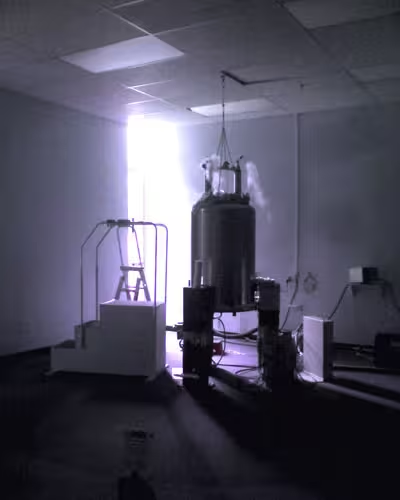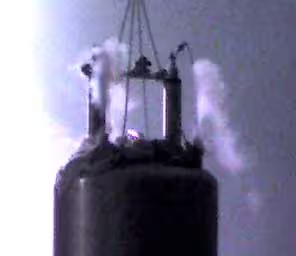Our 500 MHz NMR machine quenched itself today 🙁 Here is an awful quality photo I took of the aftermath.


To make things worse, our other machine (300 MHz one) has been out of action since late last year, so we now have no NMR access whatsoever … for any non-chemists out there, this is bad, VERY bad!
MRI Quenching
I did some YouTubing and found this video of an MRI machine quenching itself (MRI and NMR are very similar instruments).
[youtube width=”350″ height=”292″]http://youtube.com/watch?v=1R7KsfosV-o[/youtube]
Liquid Helium
The NMR machine was full of liquid helium. The quenching involved the liquid helium evaporating very rapidly. Here’s a video about the properties of liquid helium and a video of a liquid helium fountain.